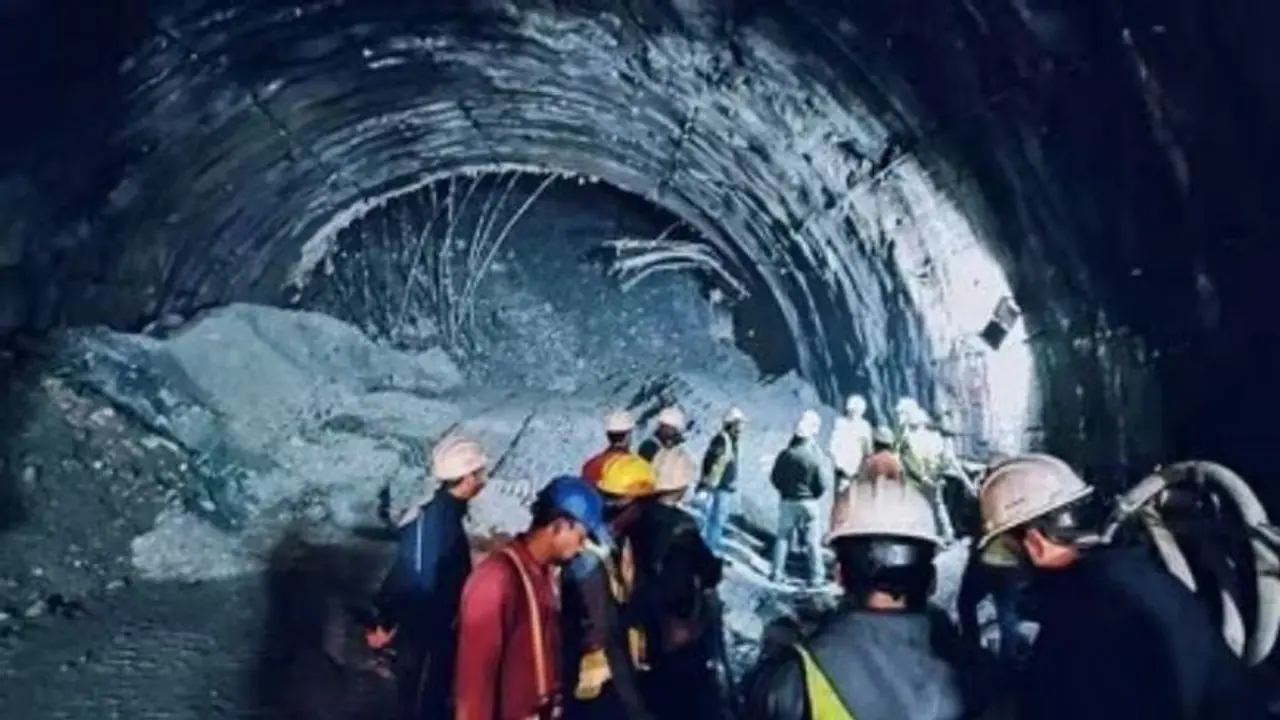The article discusses the recent partial collapse of the Silkyara-Barkot tunnel in Uttarkashi, revealing a history of similar incidents, attributing them to challenging geological conditions, and highlighting efforts to reinforce vulnerable areas during construction.
The partial collapse of the Silkyara-Barkot tunnel in Uttarkashi on November 12 marked a concerning event, trapping 41 workers on the Silkyara side for 17 days before their successful rescue on Tuesday. However, this incident was not an isolated one in the history of the 4.5 km-long, two-lane bidirectional tunnel, the longest on the Char Dham all-weather road project.

Anshu Manish Khalkho, the director (admin & finance) of the National Highways Infrastructure Development Corporation Ltd (NHIDCL), the PSU overseeing the project, revealed on Thursday that the tunnel had experienced a series of similar incidents in the past five years. Khalkho told Times of India, "Around 19-20 minor to medium-level collapses occurred during the construction of the tunnel."
Attributing the collapses to the geological conditions of the region, Khalko, the official overseeing the project, characterized these incidents as "normal." He stated, "Such occurrences are common during tunnel construction projects, but this time we were unfortunate that workers were trapped."
These collapses, also known as 'cavities,' were reported on both the Silkyara side and the Barkot end of the 4.5 km-long tunnel, with a higher frequency on the Barkot side, according to Khalkho. He mentioned that a specific area spanning 160 to 260 meters inside the tunnel's mouth from the Silkyara end was identified as a 'red zone' or a 'shear zone' containing brittle rocks. Khalkho assured that additional protective measures would be implemented to reinforce this vulnerable area.
A second official associated with the tunnel construction, opting to stay anonymous, revealed that the tunnel had encountered multiple collapses attributed to the demanding geology of the region and substantial rock deformation.
Importantly, Bernard Gruppe, a European company offering design services to Navayuga Engineering, the construction firm responsible for the tunnel project, had previously acknowledged that the "geological conditions at the tunnel site turned out to be more challenging than anticipated in the tender documents."
